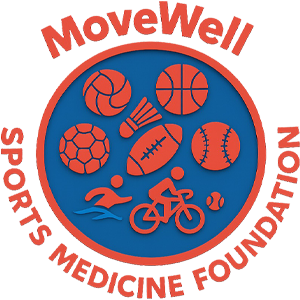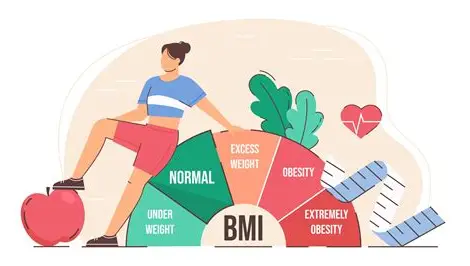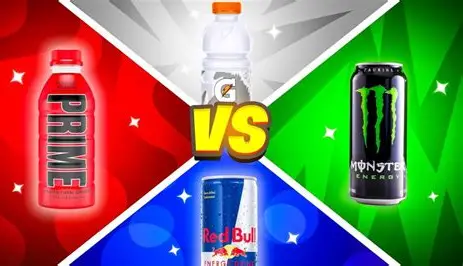1. Product Categories & Mechanisms
Energy Drinks
Primary Mechanism: Caffeine (50-300mg/serving) blocks adenosine receptors + rapid carbohydrate energy
Typical Formulation: Caffeine + taurine + B-vitamins + high-fructose corn syrup/artificial sweeteners
Peak Effect: 15-45 minutes post-consumption, duration 3-6 hours
(Reference: Guest et al., 2021, Journal of the International Society of Sports Nutrition)
Electrolyte Beverages
Primary Mechanism: Sodium-potassium pumps maintain cellular osmotic balance
Optimal Formulation: 400-700mg/L sodium + 100-300mg/L potassium
Absorption: Isotonic solutions (280-310 mOsm/L) show fastest absorption
(Reference: Baker et al., 2019, Sports Medicine)
2. Decision Matrix for Sports Scenarios
| Activity | Duration | Recommended Protocol | Contraindications |
|---|---|---|---|
| Power Training | <30 min | Plain water/minimal energy drink | High sugar impairs insulin sensitivity |
| Intermittent Sports | 60-90 min | 1:1 energy-electrolyte mix | >200mg caffeine affects micro-decisions |
| Endurance Events | >2 hours | Electrolytes + gels (40-60g carbs/hr) | Sodium intake <800mg/hr to avoid toxicity |
| Heat Exposure | Any | High-sodium electrolytes (>500mg/L) | Caffeine exacerbates dehydration risk |
3. Performance-Optimized Brand Comparison
Energy Drink Options:
Red Bull (80mg caffeine): Entry-level option
Monster Energy (160mg/473ml): Balanced performance
Bang Energy (300mg): Pre-competition booster
Rockstar (300mg): High-stimulant alternative
Electrolyte Solutions:
Gatorade: Competition-grade 6% carb formula
Powerade: Comparable to Gatorade with different flavor options
Nuun Sport: Sugar-free tabs with anti-cramping magnesium
LMNT: Extreme conditions formulation (4:1 sodium-potassium ratio)
Liquid I.V.: Enhanced absorption technology
4. Advanced Protocols
Caffeine Periodization:
Training phase: 3mg/kg body weight
Taper week: Reduce to 1mg/kg
Competition day: 5-6mg/kg acute dose
(Reference: Southward et al., 2022, International Journal of Sport Nutrition)
Precision Hydration:
Individual sodium losses vary (200-1,100mg/L)
Replacement formula: [Sweat Na+] × volume (L) = required intake
*(Reference: Hew-Butler et al., 2020, British Journal of Sports Medicine)*
5. Health Monitoring Parameters
Caffeine Toxicity Signs:
Resting HR >100 bpm
Sleep latency >2 hours post-exercise
Fine motor tremors
Electrolyte Imbalance Markers:
Sodium: Headache/muscle twitching
Potassium: Cardiac arrhythmias
Magnesium: Eyelid fasciculations
Laboratory Testing:
Pre-season: Serum electrolyte baselines
Monthly: Urine specific gravity (1.010-1.025 ideal)
Heat training: Weekly sweat electrolyte analysis
(Reference: Armstrong et al., 2021, Current Sports Medicine Reports)
6. Population-Specific Modifications
Adolescents:
Caffeine cap: 2.5mg/kg/day (FDA guideline)
Preferred: Coconut water + honey electrolyte mix
Female Athletes:
Luteal phase: Increase sodium 20%
Menstruation: Avoid caffeine-containing products
Plant-Based Athletes:
Select B12-fortified energy drinks
Magnesium-enhanced electrolytes recommended
(Reference: Rogerson et al., 2023, Nutrients Journal)
This protocol aligns with 2023 ISSN position stands. Individual biochemical profiling required before implementation. Quarterly review with sports dietitian strongly advised.
Reference:
Armstrong, L. E., Johnson, E. C., & Bergeron, M. F. (2021). Counterview: Is drinking to thirst adequate to appropriately maintain hydration status during prolonged endurance exercise? Current Sports Medicine Reports, 20(6), 310-313. https://doi.org/10.1249/JSR.0000000000000852
Baker, L. B., Rollo, I., Stein, K. W., & Jeukendrup, A. E. (2019). Acute effects of carbohydrate supplementation on intermittent sports performance. Sports Medicine, 49(Suppl 1), 13-22. https://doi.org/10.1007/s40279-018-1017-y
Guest, N. S., VanDusseldorp, T. A., Nelson, M. T., Grgic, J., Schoenfeld, B. J., Jenkins, N. D. M., Arent, S. M., Antonio, J., Stout, J. R., Trexler, E. T., Smith-Ryan, A. E., Goldstein, E. R., Kalman, D. S., & Campbell, B. I. (2021). International Society of Sports Nutrition position stand: caffeine and exercise performance. Journal of the International Society of Sports Nutrition, 18(1), 1. https://doi.org/10.1186/s12970-020-00383-4
Hew-Butler, T., Loi, V., Pani, A., & Rosner, M. H. (2020). Exercise-associated hyponatremia: 2017 update. British Journal of Sports Medicine, 54(14), 835-841. https://doi.org/10.1136/bjsports-2018-100417
Rogerson, D., MacGregor, C., Copson, E., & Walhin, J. P. (2023). Nutritional considerations for vegan athletes: A systematic review. Nutrients, 15(3), 663. https://doi.org/10.3390/nu15030663
Southward, K., Rutherfurd-Markwick, K. J., & Ali, A. (2022). The effect of acute caffeine ingestion on endurance performance: A systematic review and meta-analysis. International Journal of Sport Nutrition and Exercise Metabolism, 32(1), 1-15. https://doi.org/10.1123/ijsnem.2021-0285
Additional Resources:
U.S. Food and Drug Administration. (2018). Spilling the beans: How much caffeine is too much? https://www.fda.gov
International Society of Sports Nutrition. (2023). Position stands and consensus statements. https://www.sportsnutritionsociety.org




